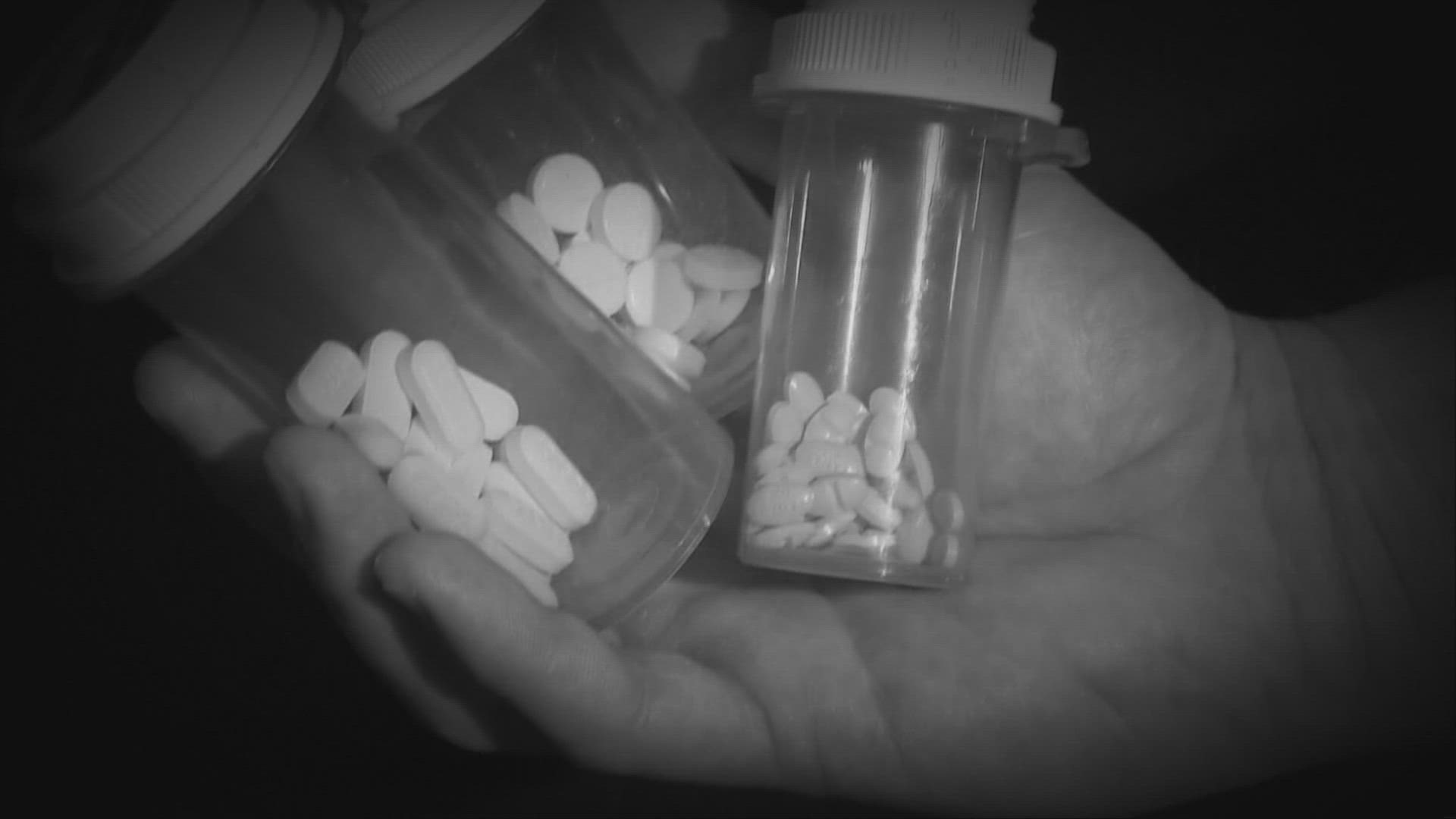CLEVELAND — Edward Morell sits here today sober in the better half of what he describes as a full-circle life, but if you were to dial back almost two decades ago, his journey would be just on the horizon.
His road to sobriety was paved with the struggle of his own mother, Linda.
"Bubbly, very outgoing, generous," he recalled. "Just a very kind person."
Those were in better times; the ending was predictably tragic.
"My mom's story ended with a phone call from my uncle telling me that she had died," Morell said. "We found out that she fell from the fifth story of her apartment building."
Linda Morell was just 54 years old. It's a side of his mother's life that Edward never understood, but it would eventually muddle his own in the coming years.
"She pretty much hid her addiction for most of my life growing up."
Later, it became obvious.
"I would say, 'If you don't want to get high, don't put the needle in your arm,'" he remembered telling her. "'If you don't want to get drunk, don't pick up the drink.'"
The Morell family's battle with addiction mirrors our nation's larger opioid epidemic. Despite years of public awareness campaigns, tighter laws, thousands if not millions of arrests, and a nationwide lawsuit against the pharmaceutical industry, opioid-related overdose deaths just continue rising.
"Things got distinctly worse last year," Cuyahoga County Medical Examiner Dr. Thomas Gilson told 3News.
Fueled by the pandemic and rampant illegal imports of the potent opioid drug fentanyl, the CDC this week reported a record numbers of deaths: More 107,500 nationally in the last year, a 15% spike.
In Ohio, roughly 5,500 people died, a 6.5% increase. Cuyahoga County overdoses rose from 553 in 2020 to 698 in 2021, and this year, the outlook is even more grim, as the county is on target for 819 overdose deaths.
"It's sad to say but there's at least usually one or two a day," Gilson said. "When we see more people, we think, 'What's the impact of the pandemic?' It's hard to say. You know, why did it go up in 2021 when we had months of lockdowns and things in 2020? I don't know for sure."
What is clear is the source: fentanyl. The illicit painkiller, deadly even in the smallest of doses, has been added to other drugs such as cocaine and heroin. It's also being found laced into ordinary over-the-counter medication as well as prescription drugs like Xanax, Adderall, and Vicodin.
While Gilson witnesses the end result, emergency responders like Jennifer Wagar and Michael Land see it from the start. Some patients are saved; for others, it's too late.
"Most people aren't having a good time when we show up," Land, a city of Cleveland paramedic, said.
He and Wagar have worked together the past 10 years, a decade in the eye of the epidemic storm.
"At this point, I think [with] all opioid overdoses, our first thought is that it's fentanyl," Land added. "We'll go on an overdose and then our neighboring truck will go on an overdose and then their neighboring truck will go on an overdose, all within the same hour and a half."
But addiction can be beat; it doesn’t need to end at a county morgue.
"I don't want those people to afraid or ashamed to call for us," Wagar said.
For addiction help, call (877) 275-6364.

